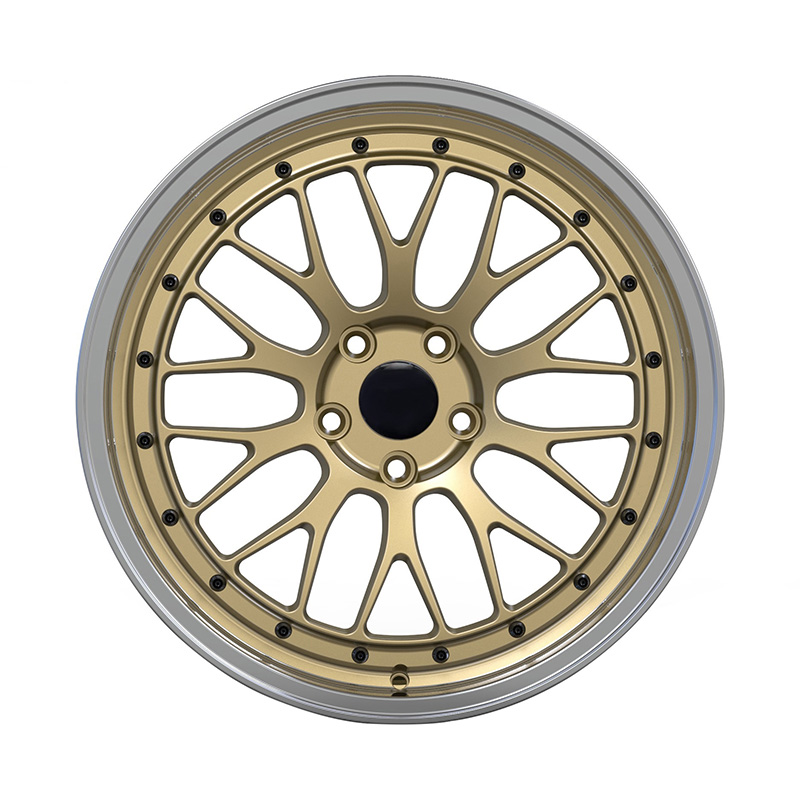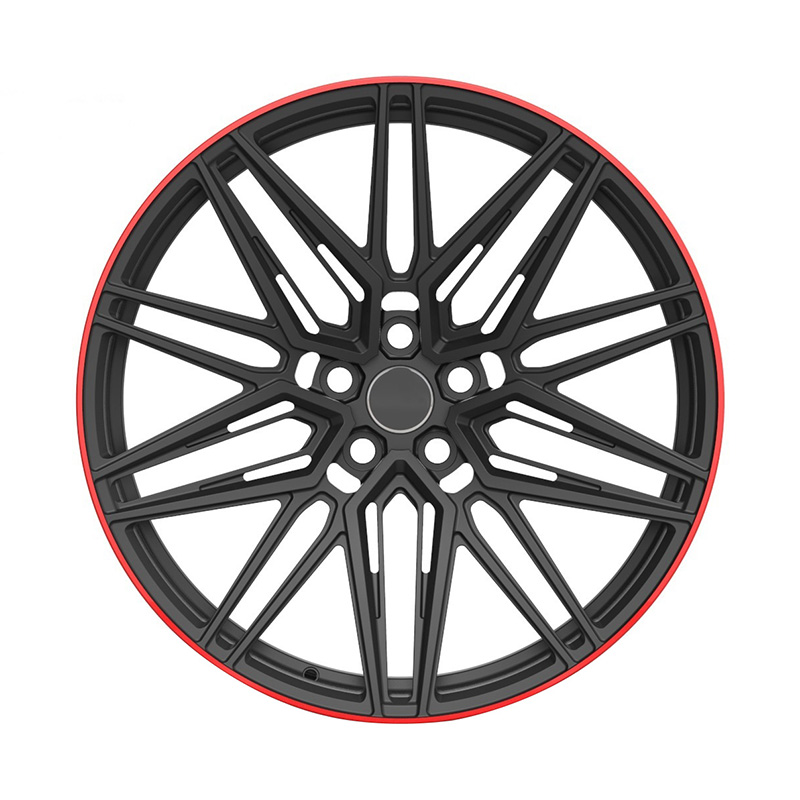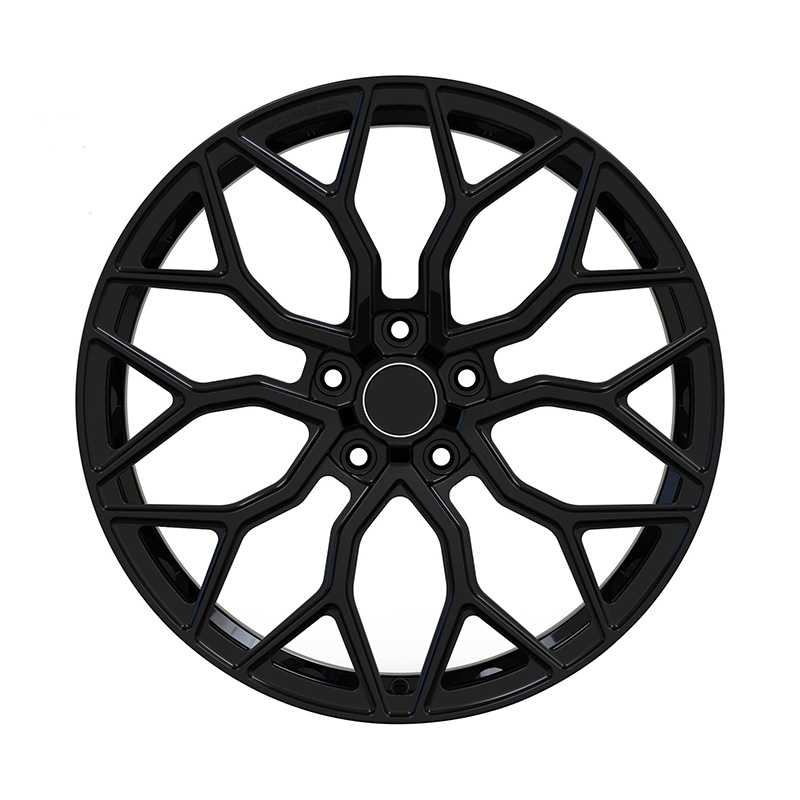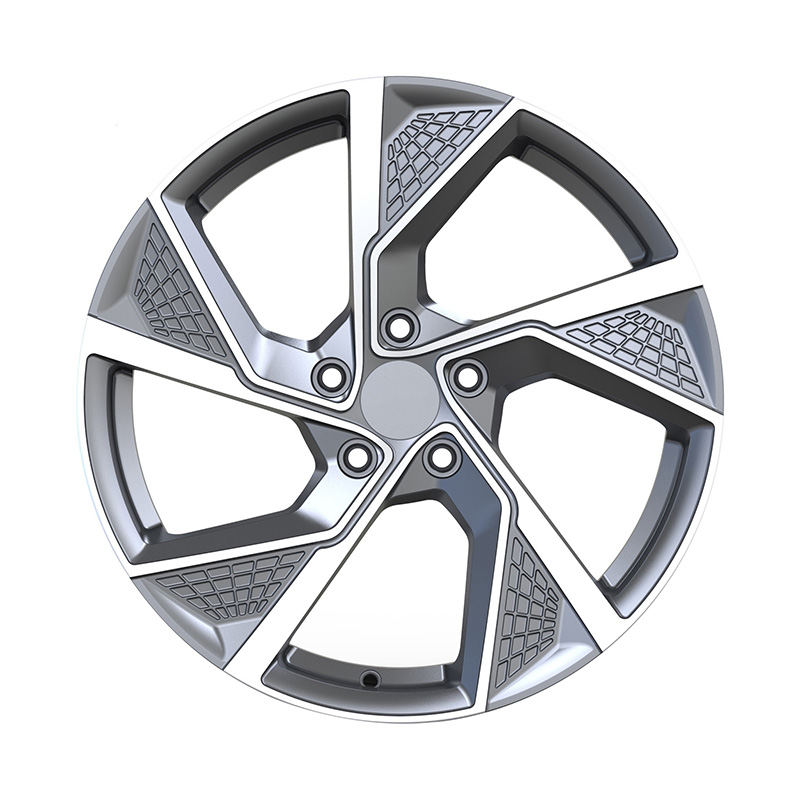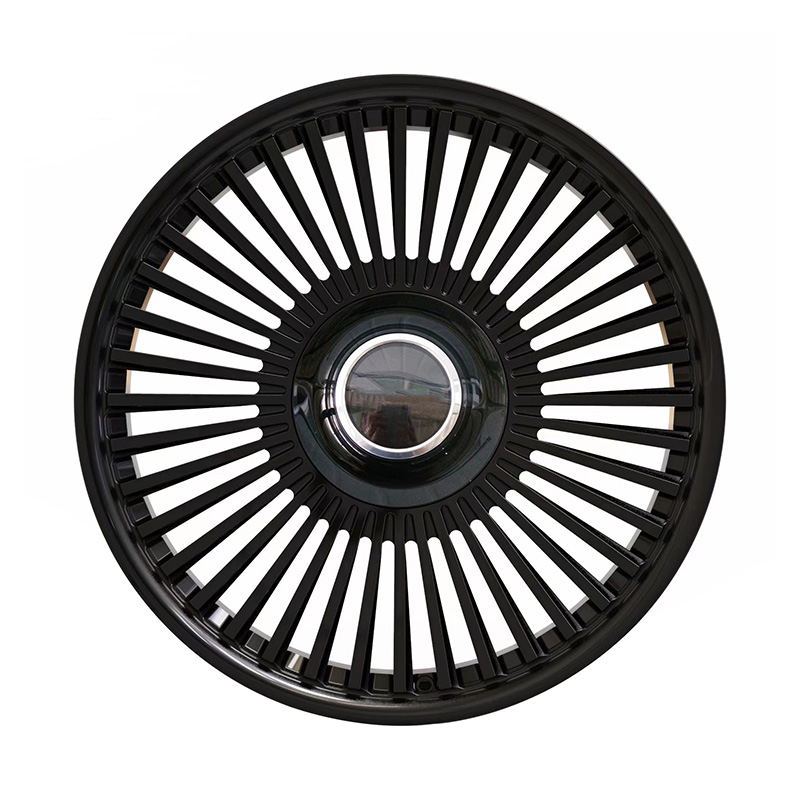
Submit
Submit feedback
Design of Deep Dish Forged Wheels
2025-05-02
China Deep Dish Forged Wheels Sale Manufacturer Factory
A deep dish wheel refers to a type of rim where the center of the wheel is set further back, creating a distinct, concave appearance. This design typically gives a more aggressive stance to a vehicle, making it popular in motorsports and custom car builds. On the other hand, forged wheels are made through a process where the wheel is shaped under high pressure from a solid billet of aluminum (or other metal), resulting in a dense, uniform material structure.
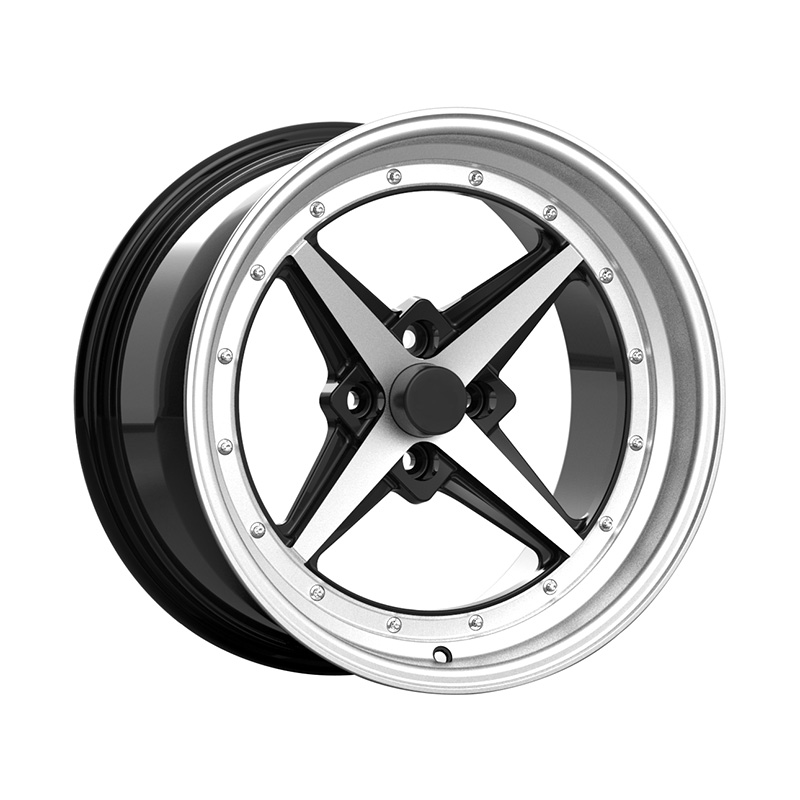
Combining these two features, deep dish forged wheels offer enhanced strength, reduced weight, and a unique look compared to other types of wheels.
Key Design Considerations
1. Material Selection
The foundation of any forged wheel is the material used in the forging process. Aluminum is the common material used, offering a good balance of weight and strength. For high-performance applications, titanium or magnesium alloys may also be used, though these are less common due to their higher cost and more complex manufacturing processes.
The selection of material directly influences the wheel’s performance. Forged aluminum alloys, such as 6061 or 7050, are popular because they provide excellent strength-to-weight ratios, corrosion resistance, and ease of machining. Magnesium alloys, though lighter, can be more prone to damage, which is why they are used primarily in high-end or motorsport wheels where weight reduction is crucial.
2. Forging Process
The forging process plays a critical role in shaping the wheel’s structure and ensuring its durability. There are different types of forging methods used, including:
Open-die forging: Involves the application of pressure to a billet of aluminum in a mold, which allows the material to flow and conform to the desired shape. This process is ideal for creating lightweight, high-strength wheels.
Closed-die forging: This method involves compressing the material within a closed mold, which ensures that the wheel maintains its shape and dimensions even under extreme forces.
The forging process aligns the metal grain structure, providing a wheel that is not only lighter but also significantly stronger than cast alternatives. This increased strength allows for thinner, more intricate designs while maintaining overall integrity.
3. Wheel Design & Aesthetics
The deep-dish design itself is a key element in the visual appeal of the wheel. The curvature of the rim is one of the first things that draws attention, offering a more aggressive look. However, the deeper the dish, the more complicated the forging process becomes, as more material needs to be shaped and contoured to achieve the desired look.
Additionally, the design needs to take into account other factors like spoke pattern, wheel width, and offset. The spokes of deep dish wheels are typically designed to be slim and tapered to reduce weight and enhance the aesthetic flow of the wheel. The width and offset of the wheel can also vary depending on the vehicle’s requirements, as deeper wheels may require a higher offset to maintain proper alignment and fitment.
Customization options are abundant, with manufacturers offering various finishes (e.g., brushed, polished, matte, anodized) and even colors to match specific vehicle builds. Some manufacturers also offer bespoke designs, allowing customers to specify spoke shapes, lip sizes, and other distinctive features to create a truly unique wheel.
recommend products
-
Zhenlun Multi Spokes Split Monoblock Forged Wheels Bronze With Silver Lip Edge
-
Zhenlun Matt Black With Red Lip Monoblock Forged Wheels
-
Zhenlun Gloss Black Monoblock Forged Wheels Gloss Black For Sports Car
-
Zhenlun Monoblock Forged Wheels Lightgrey With Machined Face
-
Zhenlun Monoblock Forged Wheels Gloss Black Dense Multi Spoke

 0
0

